Mao Jianhua from BEWG takes you to explore biodiversity conservation 2021-10-14
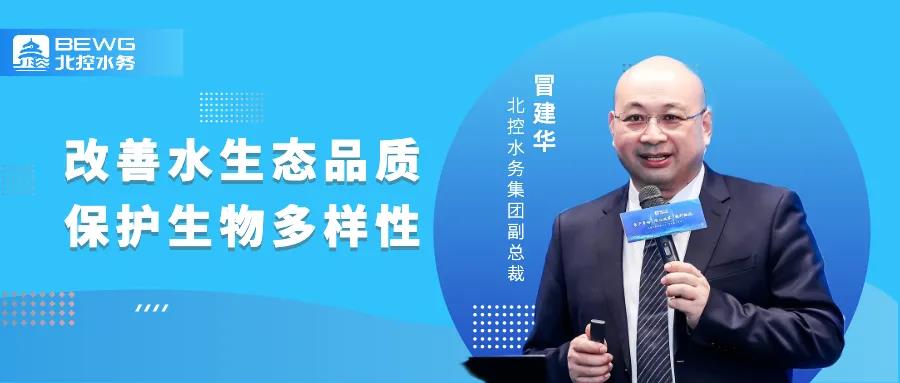
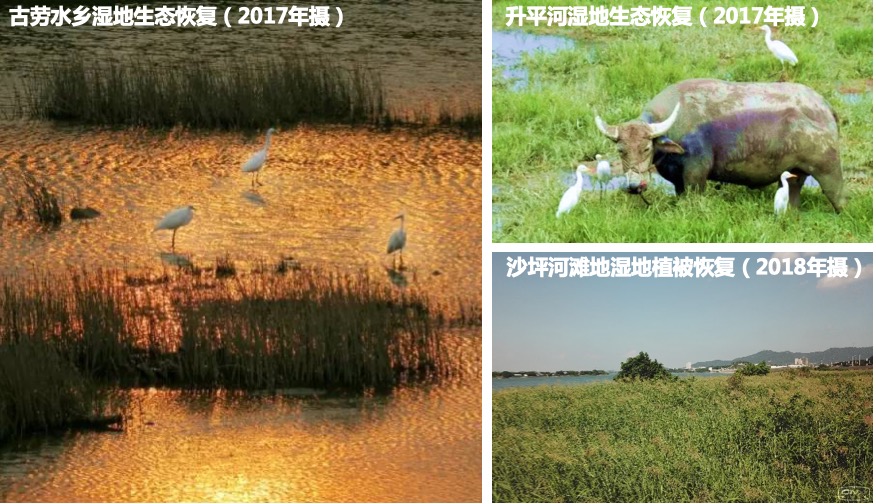
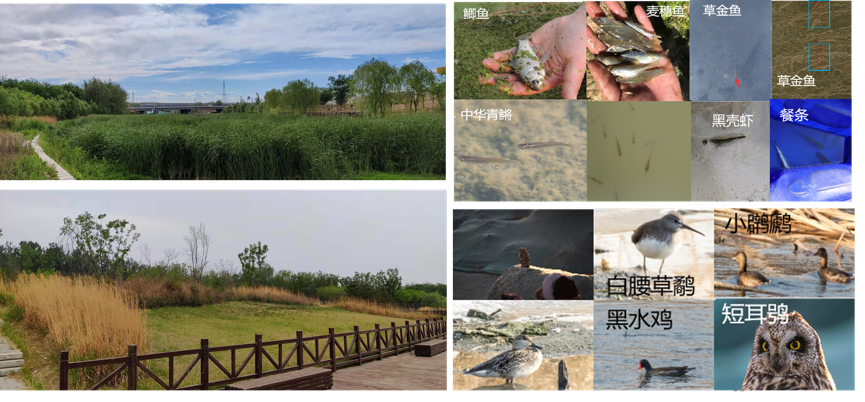
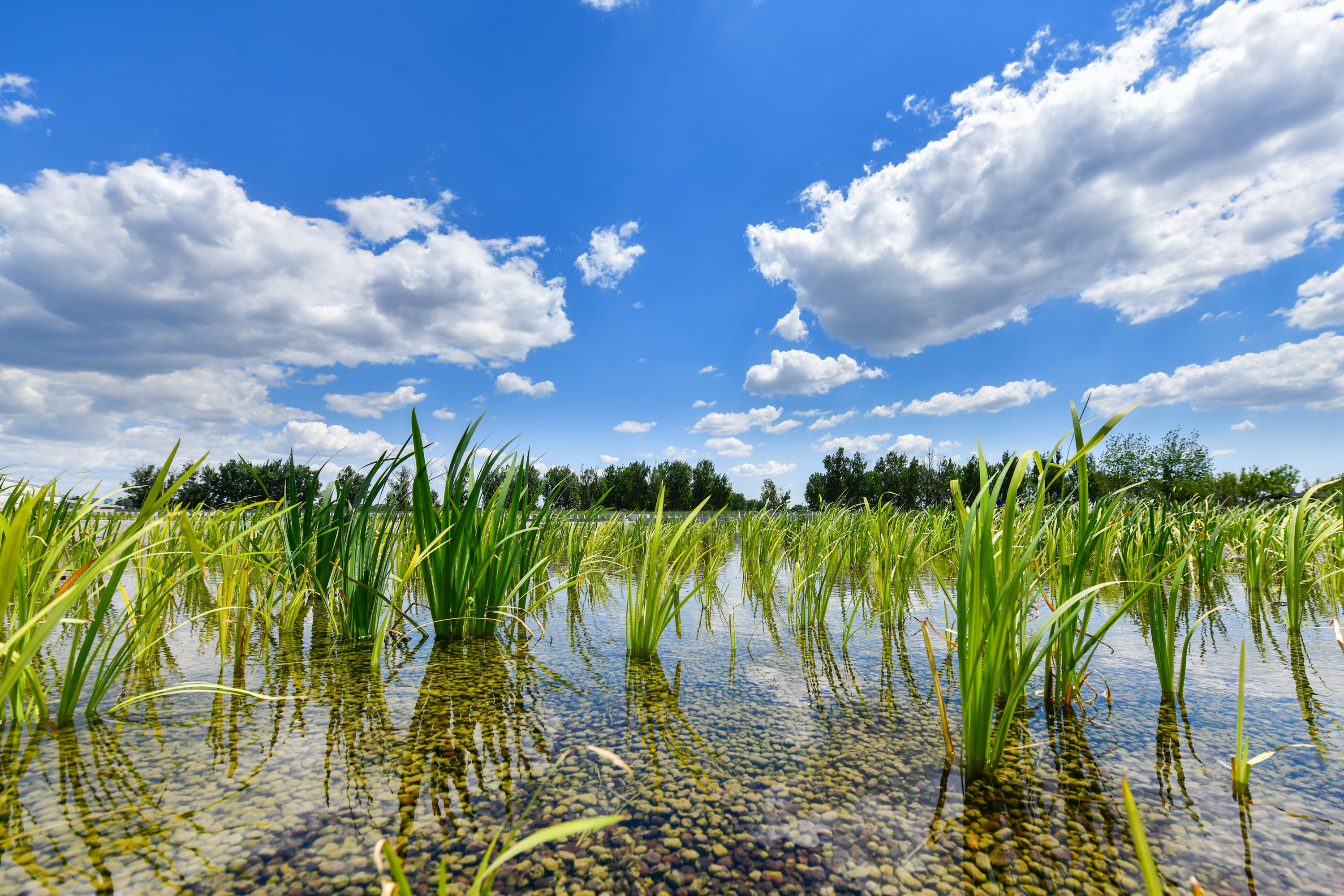
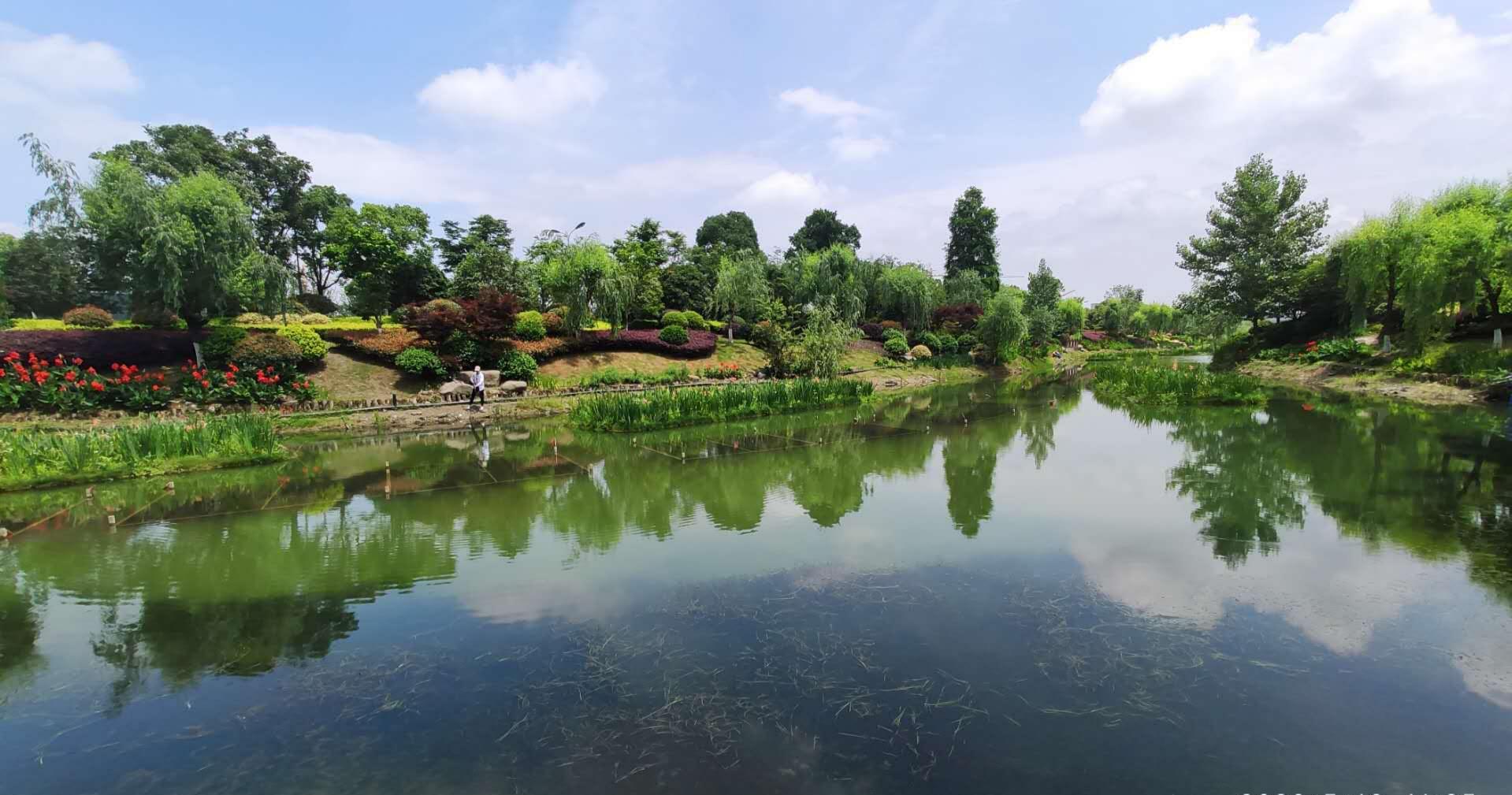
Biodiversity is related to human well-being and an important foundation for human survival and development. President Xi Jinping pointed out at the leaders’ summit of the 15th meeting of the Conference of Parties (COP 15) to the Convention on Biological Diversity that "Man and Nature need to coexist in harmony, When we take care to protect Nature, Nature reward us generously; When we exploit Nature ruthlessly, it punishes us without mercy."
As a water enterprise, protecting water resources environment is the obligatory mission of BEWG. Over the years, BEWG has been deeply engaged in the comprehensive management of water affairs and water environment, constantly innovating water ecological management concept, carrying out regional or watershed integrated management projects, and realizing the overall restoration of the water ecological environment system. Today, we invited Mao Jianhua, Vice President of BEWG, to talk with us about the story of protecting biodiversity.
Q: As a water enterprise, what has BEWG done in biodiversity conservation?
Mao Jianhua: Biodiversity is not only an environmental and ecological problem, but also an important manifestation of a society or enterprise focusing on sustainable development. As a water enterprise, BEWG is mainly engaged in water treatment and comprehensive treatment of water environment. Based on our main business, the first thing we do is to create an environment conducive to Biodiversity Restoration.
First, in water scarce areas, we focus on promoting biodiversity restoration through the optimal allocation of water resources. The solution to solve the seasonal water shortage and lack of water space in river is to use the tail water of the sewage treatment plant, reclaimed water, storm water to increase the water space in the river depression and wetland, and use reclaimed water to stabilize the ecological base flow and ecological water level in river, so as to promote the restoration of biological diversity.
The second is to restore the environment conducive to biological survival through water pollution treatment. Once rivers and lakes become black and smelly water bodies, their ecosystems will be destroyed and difficult to restore. Changing dirty water into clean water, changing the environment from habitat construction, and promoting the restoration of biodiversity are also one of our priorities.
Third, improve water ecological quality to promote biodiversity restoration. Water ecological quality is a hot topic. Based on the "Opinions on promoting the utilization of sewage resources" issued by ten ministries and commissions, several discussions have been held in the industry. When reclaimed water is the main water source of river and lake water system, due to the residues of disinfectants and micro pollutants in the water, it will have a certain impact on small Microorganisms and large aquatic animals and plants after entering the river and lake water system. For example, due to the high total nitrogen in the tail water, the reclaimed water channel is more prone to eutrophication, and the residue of disinfectant will reduce the number of microorganisms and affect the self purification capacity of the water body.
Q: In terms of water ecological quality improvement, what measures does BEWG have?
Mao Jianhua: in this regard, we have done some work, including research, engineering practice, monitoring and evaluation, focusing on the use of natural river and lake wetlands, artificial subsurface flow, surface flow wetlands, water ecological restoration and other measures.
In terms of research, we have carried out systematic monitoring and artificial intervention tests on the Xiaotaihou River Basin in combination with the research of national major water special project research. After third-party evaluation, the Xiaotaihou River, which has been systematically treated since 2016, has recovered from a black and smelly water body to a relatively healthy state. In combination with the construction of waterfront vegetation belt integrated with non-point source pollution reduction and waterfront landscape, river dredging and wetland construction, five species of birds, more than 10 species of fish, nine species of aquatic plants, two species of snails and a large number of zooplankton were monitored during the research period. In this regard, Dr. Meng Tingting, Dr. Dong Yuequn and other colleagues of BEWG Research Institute have been continuously tracking and studying.
Combined with the comprehensive treatment project of Xinfeng River Basin, we treated the tail water of the sewage treatment plant in the subsurface wetland, with a treatment capacity of about 20000 m3/d. after treated, reclaimed water enters the river, significant changes have taken place in the upstream and downstream of the wetland effluent. Taking cyanobacteria as the indicator, there is an order of magnitude difference between the downstream channel of wetland effluent and the channel of direct reclaimed water replenishment in the upstream of wetland. To a certain extent, the wetland where the tail water stays for two days greatly improves the ecological quality of the tail water of sewage treatment plant. Dr. Zheng Wanlin of BEWG Research Institute has made a more in-depth study in this regard.
Q: In the engineering management, what aspects will be considered for biodiversity conservation?
Mao Jianhua: as for biodiversity conservation, in fact, there are both considerations and deficiencies in the previous engineering management.
Now, we are trying to do a whole process of ecological diversity conservation in Huanghuagou of Baiyangdian watershed from the initial stage of management. Because one section of Huanghuagou involves bird habitats under national protection, we should first consider the impact on the breeding and habitat of birds before and during the construction in the whole river management and watershed management; The second is how to protect bird habitat and expand its range of activities to a certain extent through engineering management; The third is to consider the habitat of waterfowls, including the distance of their sliding take-off, the quietness of the waters and other needs.
Therefore, we measure the sensitivity of birds to human beings through the noise monitoring of existing habitats, such as within how many meters the birds may not be affected. Our monitoring result is about 50m, and birds will not be affected. On this basis, we made a new adjustment to the design scheme of the whole river channel, which solved the protection of the active waters and habitats of birds, as well as the animals and plants in the active area, avoiding the impact on the habitat, both for construction and future human activities.
Besides, restorative measures were added. We have focused on the food chain of birds, and created more environments conducive to the survival of animals or plants in the food chain around it and in the river. For example, adding a large number of foraging weeds, screws and other organisms to enrich the food of birds, promotes the improvement of the living environment of birds, and also increases the biodiversity in a small area, further stabilizing the habitat of birds.
Q: What are the restoration measures for aquatic animals and plants? It is said that there are alien species invading the watersheds in Guangdong and other places. Will this have an impact on biodiversity conservation?
Mao Jianhua: we have also done the work on river ecological restoration and biodiversity conservation during the operation period. First, work with local ecologists to study local biodiversity and its native animals and plants, so as to better guide us to restore local biodiversity. In fact, this problem is particularly prominent in southern China. For example, in the shaping River Basin in Guangdong Province, alien species such as Egyptian Tangyu, tilapia, scavengers and so on have invaded, resulting in a great reduction of local fish in the whole river or basin.
Therefore, in the process of the operation project of Shaping River, we experimentally built an ecological conservation zone of shaping River Bay. By artificially strengthening the release of Guangdong local fish and fry in the conservation zone, together with the existing animals and plants of Shaping River, we formed an ecologically diverse species pool, and then spread to the whole watershed.
The second is to build a river bay pilot base in the whole region. We treat it as a miniature river, predict the changes of Shaping River in the next few years through its evolution, and conduct relevant research with relevant research institutions and gather the wisdom of experts from all aspects. At present, the diversity of aquatic plants has been restored to a certain extent. Whether there will be further improvement in the future needs long-term monitoring and research.
In order to study urban river biodiversity, we have built a research base for urban river biodiversity in the Yuhang Tanghe project, and introduced the School of Environment of Hangzhou Normal University as a cooperative unit. Yuhang Tanghe project is located in the main urban area of Yuhang District, close to Xixi wetland. The project covers a drainage area of 23 square kilometers, more than 10 rivers, a sewage treatment plant with a treatment capacity of 150000 m3 / D, and a mountain park for mountain restoration. It is a typical ecological treatment and restoration project of "mountain, water, forest and city".
At present, the project has been basically completed, and some of it has entered the operation period. We will also continue to make ecological assessment on it, and set up a special project tracking research in the Group.
Q: How long has BEWG done biodiversity conservation and restoration? How effective?
Mao Jianhua: it has lasted for about five years since 2016. We monitor the research project 3-4 times a year. From the monitoring results, taking the Xinfeng River Basin as an example, according to the Beijing river health evaluation standard, the original black and smelly river was about 20-30 in 2016. It is a river in a dying state. After being treated, the river health value has reached 89, which is in a basically healthy state. There are nearly 30 species of animals and plants, and microorganisms have also increased greatly, As an urban river, it is in a relatively good state.
Since the monitoring of Shaping River Basin began in 2018, these populations have been greatly restored to a certain extent, from rats and rodents on the bank to snakes, reptiles and underwater fish on the riverside. From the original condition of the black and smelly river, there are few basic fish, and the number of microorganisms is mainly anaerobic bacteria. Now it can return to a relatively normal and healthy river condition.
From the perspective of water affairs and water environment, what we can do is actually limited for biodiversity conservation and restoration. Because the lack of biodiversity is more from the competition for living space. Only by solving the problem of living space can we truly solve the problem. We only improve the environment for biodiversity restoration to a certain extent, or we improve more the biodiversity between human living environment and biological water interface. Typical example is the improvement of urban water systems and the improvement of urban biodiversity. Although there are many artificial traces, it is also a bit of effort and cognitive progress of an enterprise and an environmental worker.
Q: So, how do you think we can protect biodiversity more effectively?
Mao Jianhua: our more effective work is to reduce the destruction of biological habitats and actively respond to global climate change. Our contribution lies more in the synergy of "pollution reduction-carbon reduction". For sewage treatment, pollution reduction helps to provide more ecological quality reclaimed water to restore river base flow, ensure ecological water use, and create a good habitat.
The second is the carbon reduction of the whole society. An important factor that threatens biodiversity comes from climate change. Therefore, it is necessary for the sewage treatment industry and the environmental industry to reduce carbon, and it is also necessary for the environmental protection industry to empower other industries, including energy, transportation, steel and other industries, to achieve lower emissions and pollution, Only in this way can the biodiversity restoration and the improvement of the resilience of the entire ecosystem be more effective.
Protect the ecological environment like eyes, and treat the ecological environment like life. As an important participant and contributor in the construction of ecological civilization, BEWG will work with the government, ecological enterprises and the public to protect and sustainably utilize biodiversity and help build a modernization that man and Nature coexist in harmony.
Diverse world, long-standing!
More
-
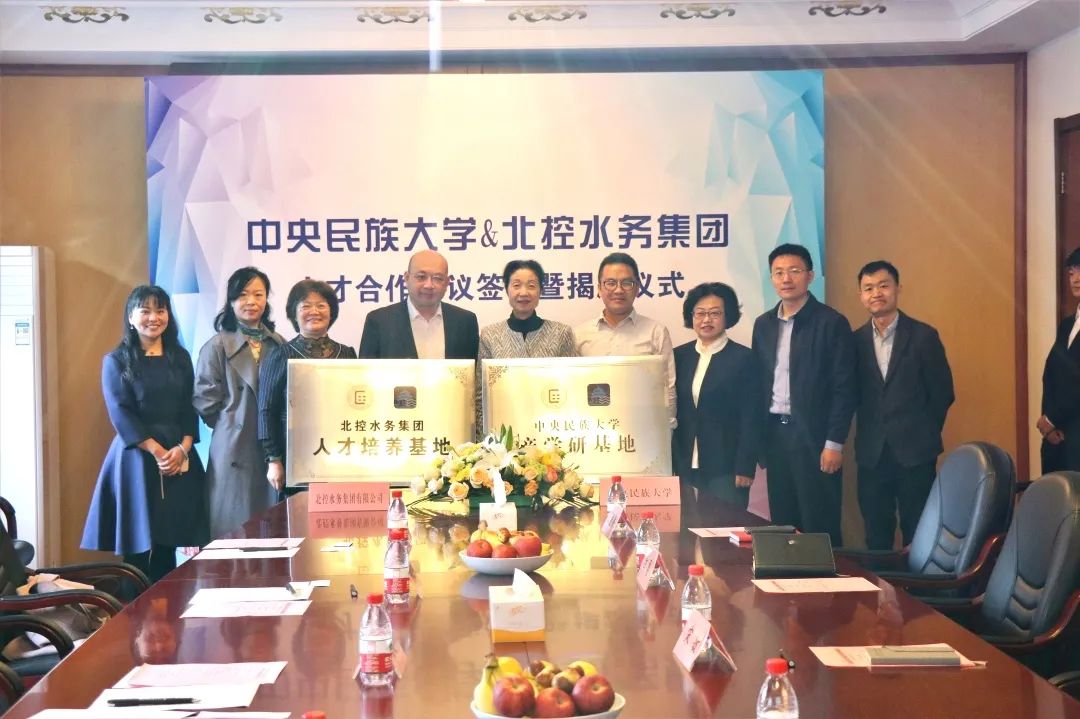
Deepen industry-university-research cooperation! The talent cooperation between BEWG and Minzu University of China was officially signed
-
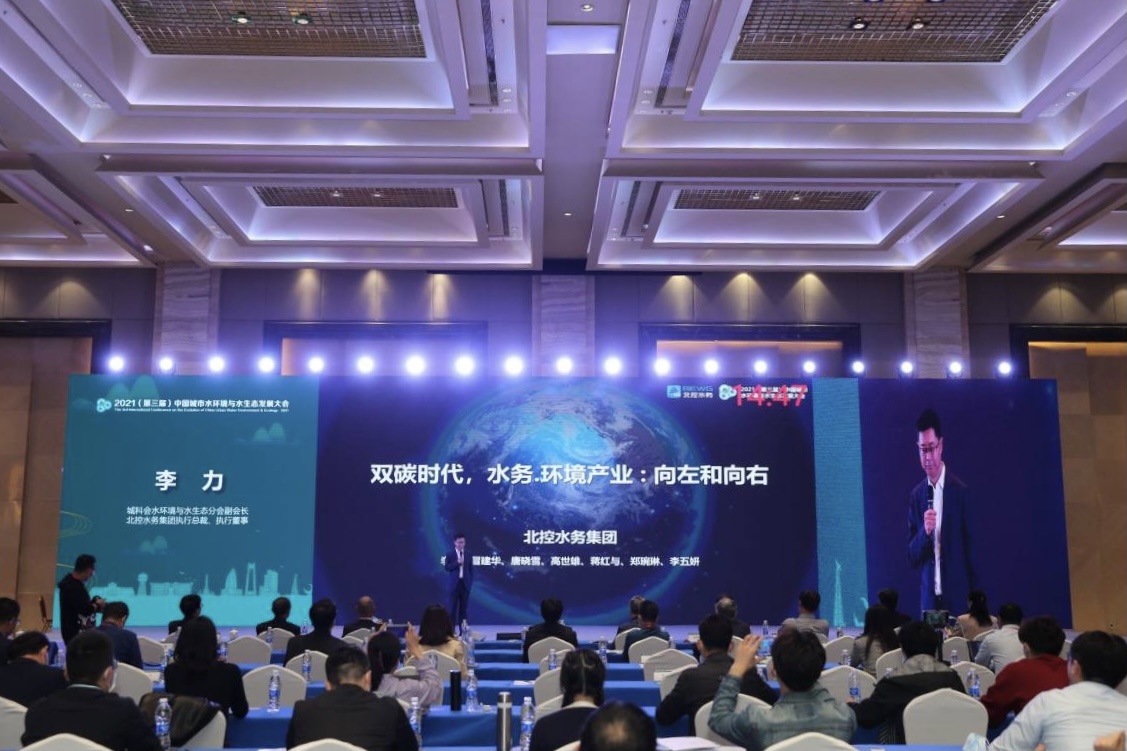
Discussion on Carbon Peaking and Carbon Neutrality | BEWG’s Exploration and Practice
-
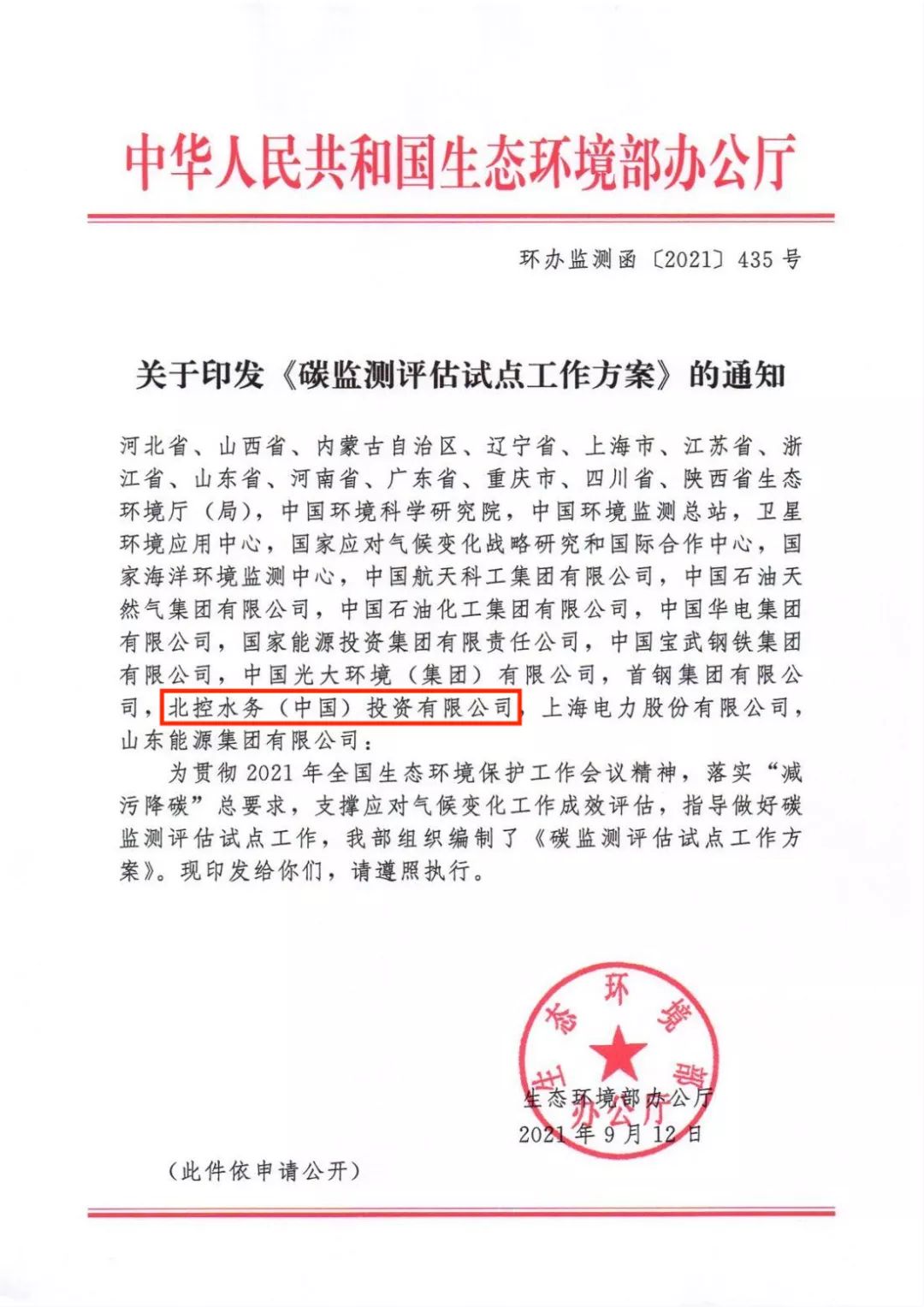
Beikong Water was selected as one of the first carbon monitoring and assessment pilot projects of the Ministry of Ecology and Environment







